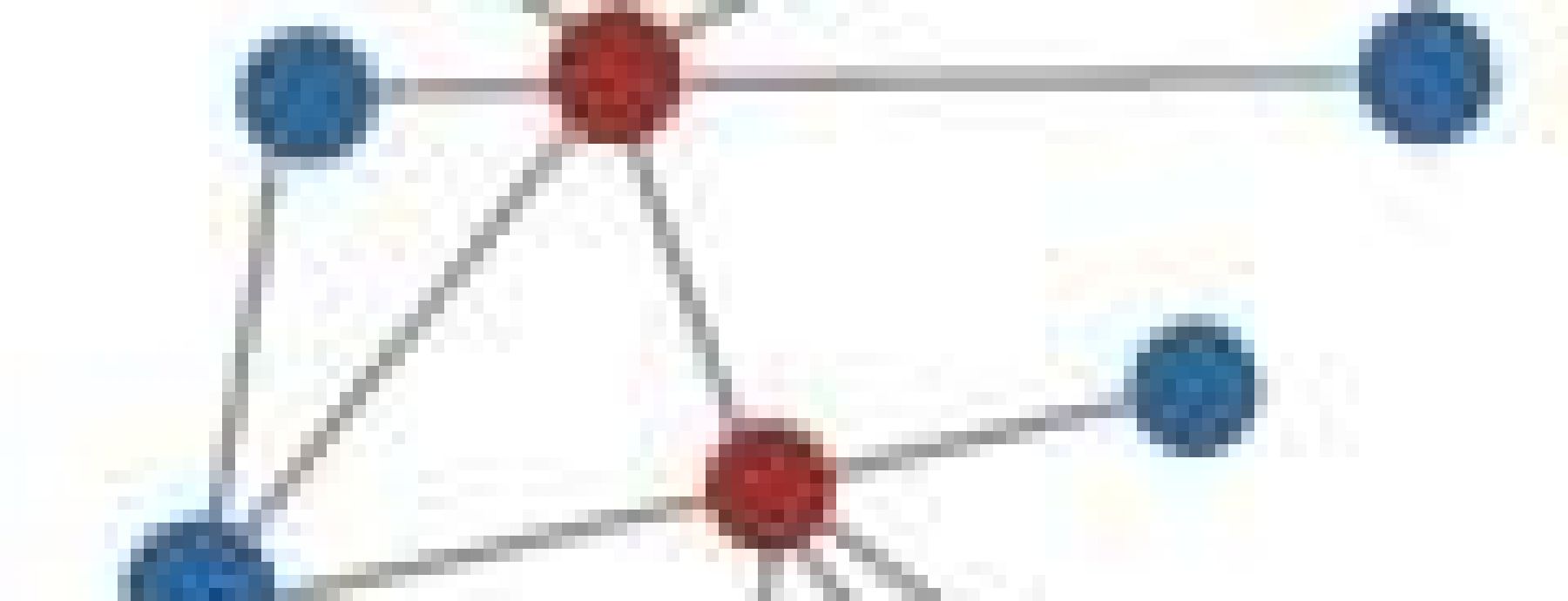Achoo! Ever caught a cold when a supermarket cashier sneezed next to you?
If you are susceptible to a disease, the likelihood of you getting it depends on how many times you come into contact with someone who is infectious, as well as the probability of transmission per contact. Some individuals interact with many others; these highly-connected people can play a big role in spreading disease because:
- They can infect many others
- The frequent contacts make them more likely to be infected in the first place
- Now Matt Ferrari, Ottar Bjørnstad and collaborators have investigated how network structure affects disease spread and vice versa. Having developed some new analytical techniques for tracking the evolution of network structure during epidemics, the researchers modeled the spread of disease on different types of network.
They found that on networks with high heterogeneity in contact structure, "natural" epidemics can provide greater community-level protection (herd immunity) than random vaccination of individuals. This is because disease spread slows if highly-connected nodes are knocked out of the network: something that happens during epidemics but not necessarily during vaccination campaigns.
The more heterogeneous the network contact structure, the greater the control afforded by immunizing highly-connected individuals.
Written By: Matthew J. Ferrari, Shweta Bansal, Lauren A. Meyers, & Ottar N. Bjнџrnstad
Paper Url: http://royalsociety.metapress.com/content/ht51250180853868/
Journal: 273: 2743-2748
Journal Reference: 273: 2743-2748
Paper Id: 10.1098/rspb.2006.3636
